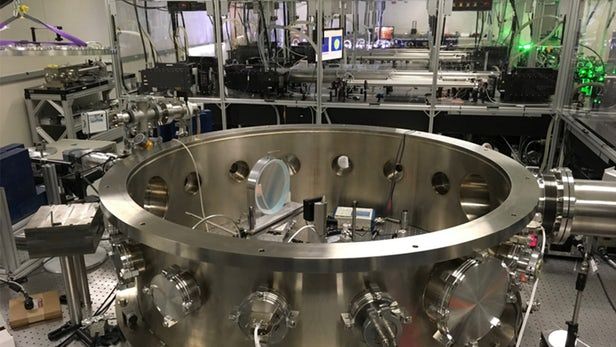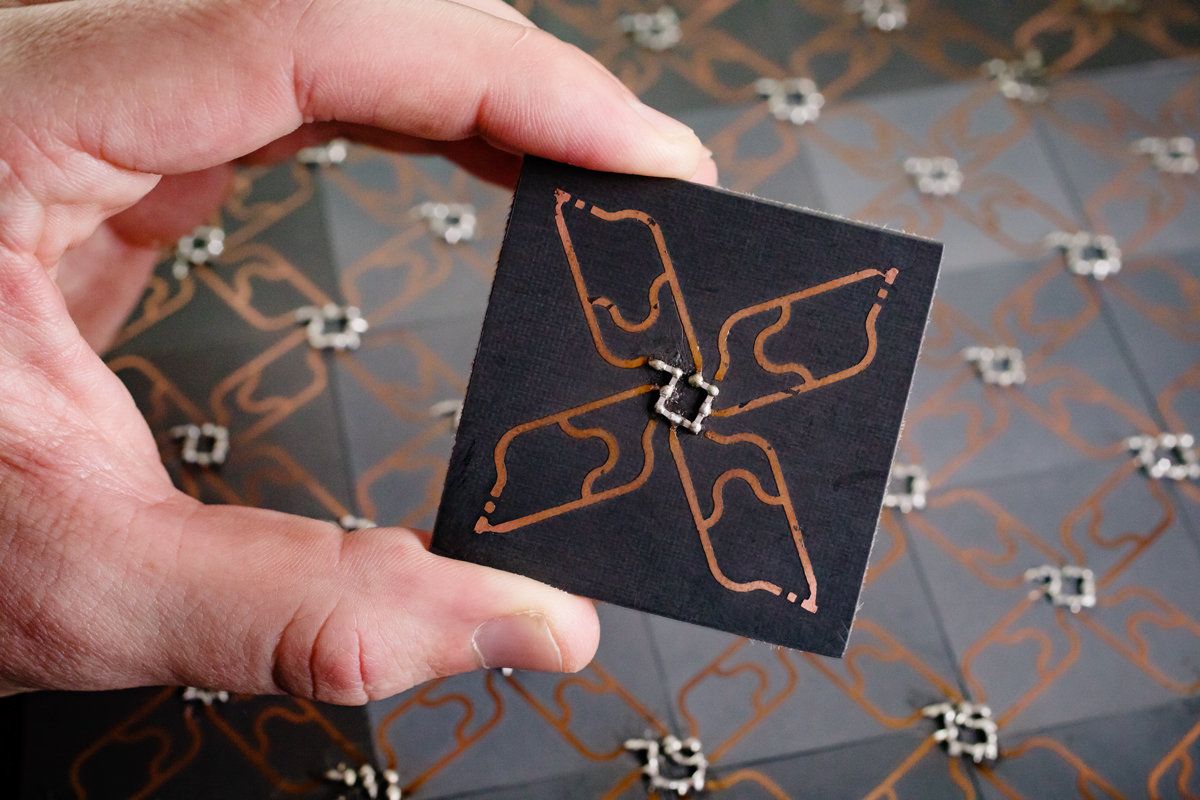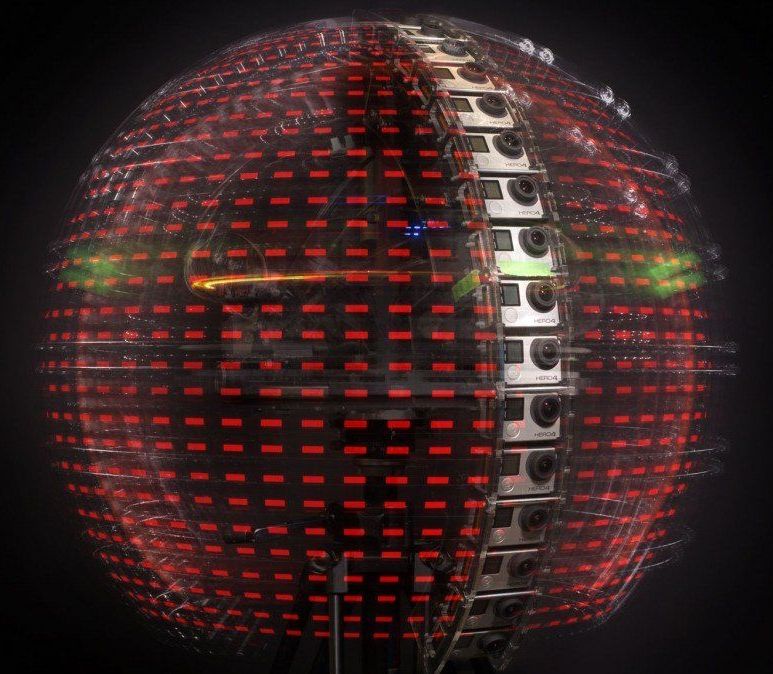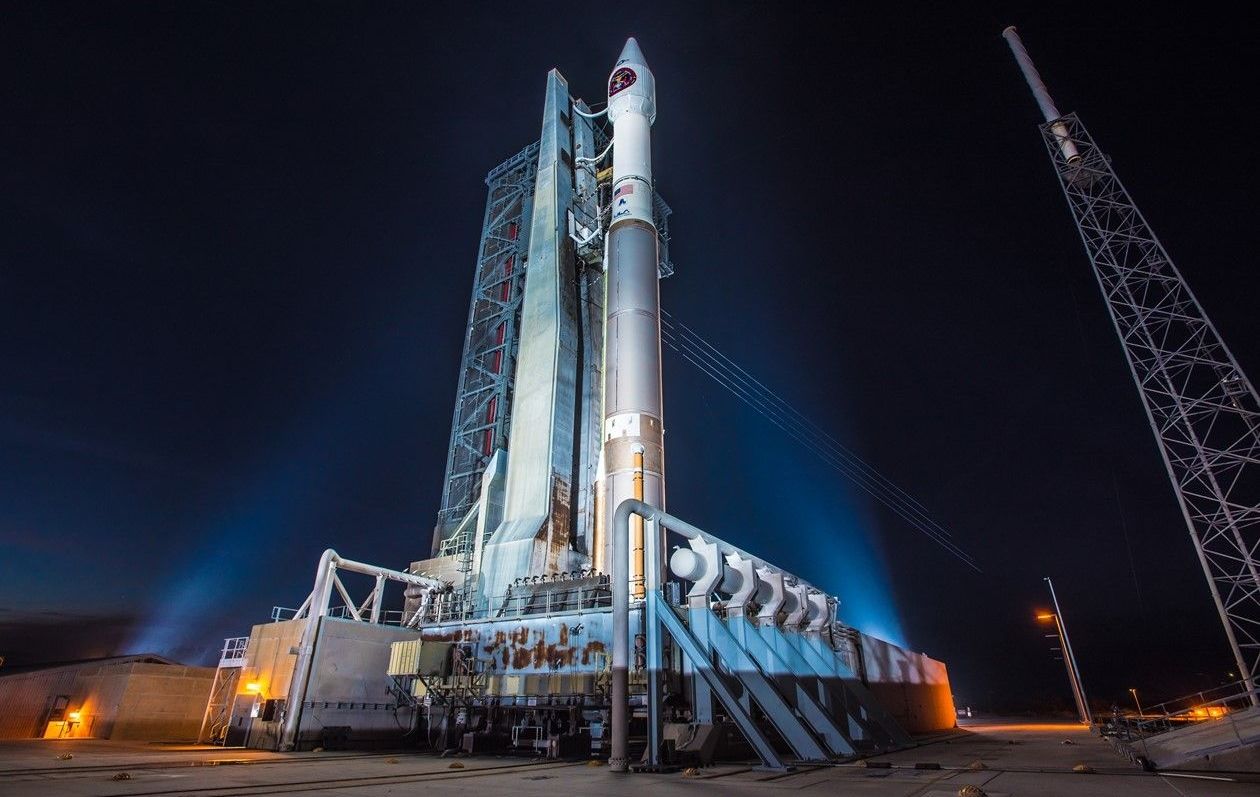Mar 15, 2018
Nanowire-zapping lasers unlock micro-scale nuclear fusion efficiency record
Posted by Genevieve Klien in categories: nanotechnology, nuclear energy, particle physics
Researchers at Colorado State University (CSU) have broken the efficiency record for nuclear fusion on the micro-scale. Using an ultra-fast, high-powered tabletop laser, the team’s results were about 500 times more efficient than previous experiments. The key to that success is the target material: instead of a flat piece of polymer, the researchers blasted arrays of nanowires to create incredibly hot, dense plasmas.
We have nuclear fusion to thank for our very existence – without it, the Sun wouldn’t have fired up in the first place. Inside that inferno, hydrogen atoms are crushed and through a series of chain reactions, eventually form helium. In the process, tremendous amounts of energy are released. Theoretically, if we can harness that phenomenon we could produce an essentially unlimited supply of clean energy, and although breakthroughs have been made in recent years, nuclear fusion energy remains tantalizingly out of reach.

















